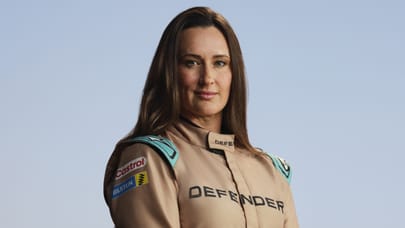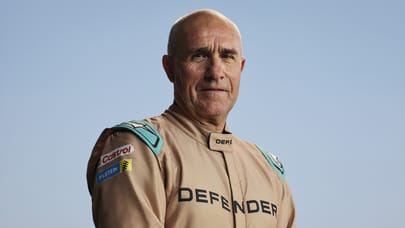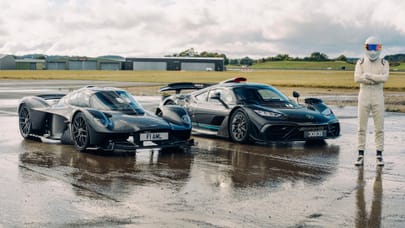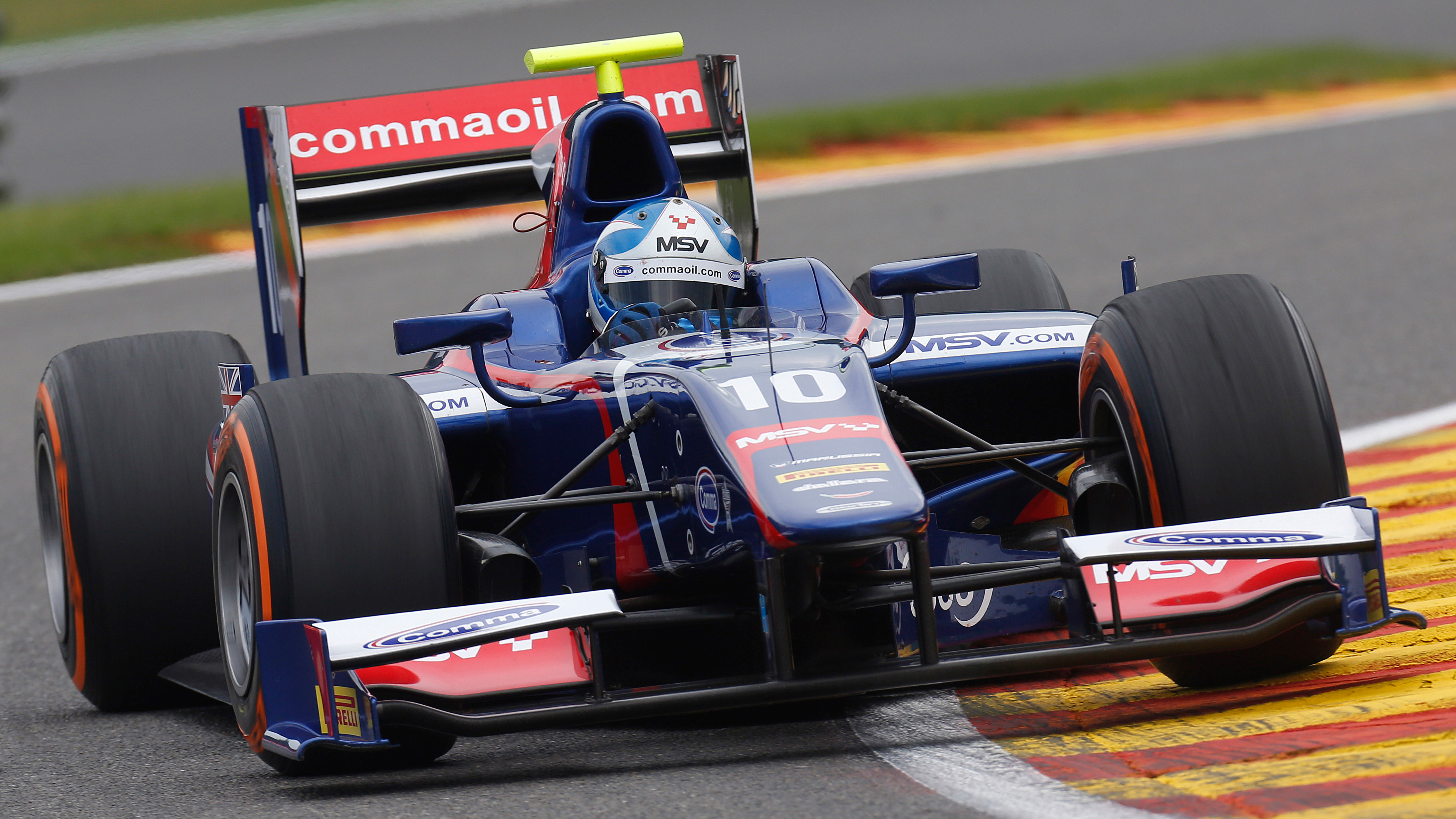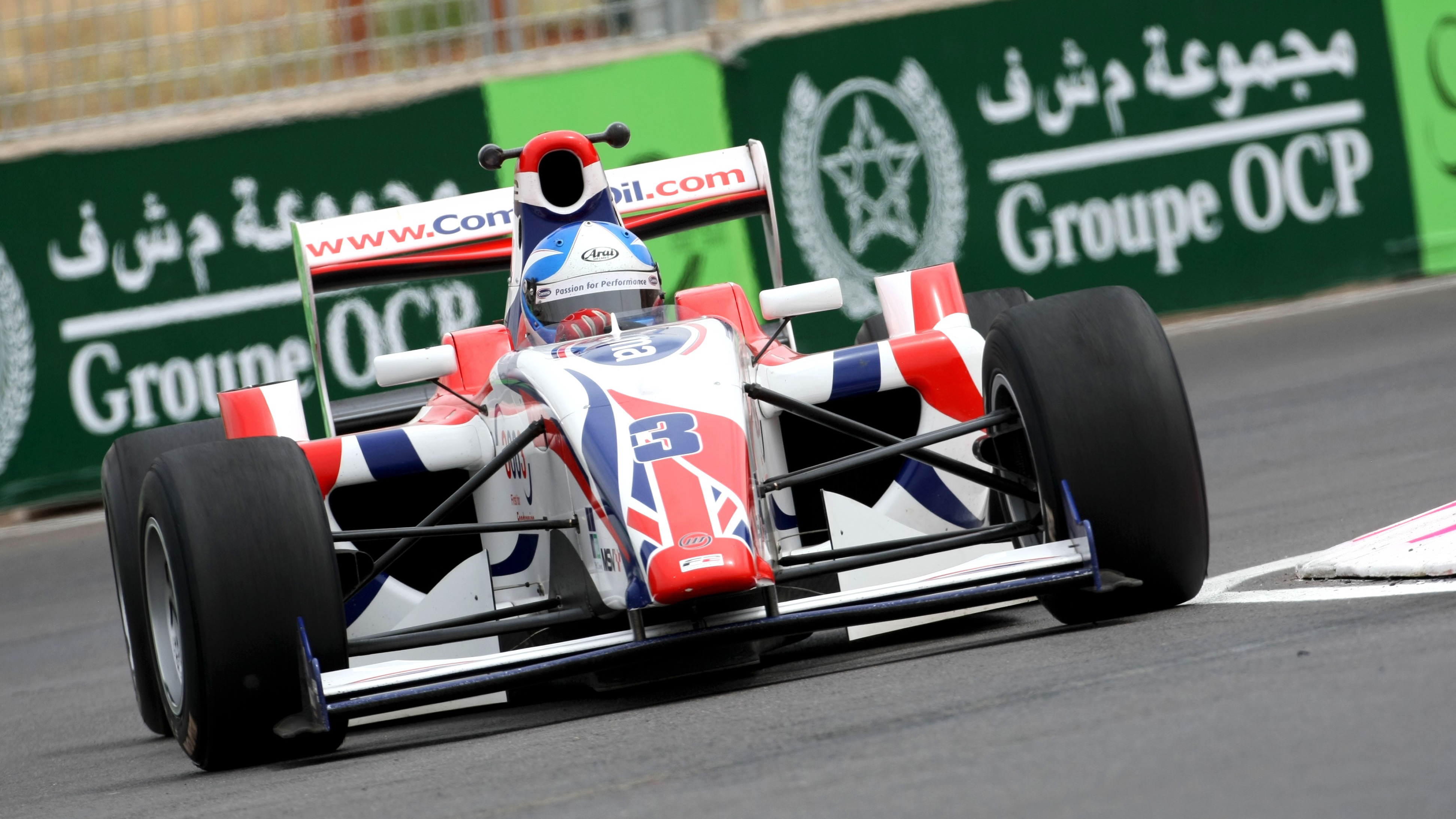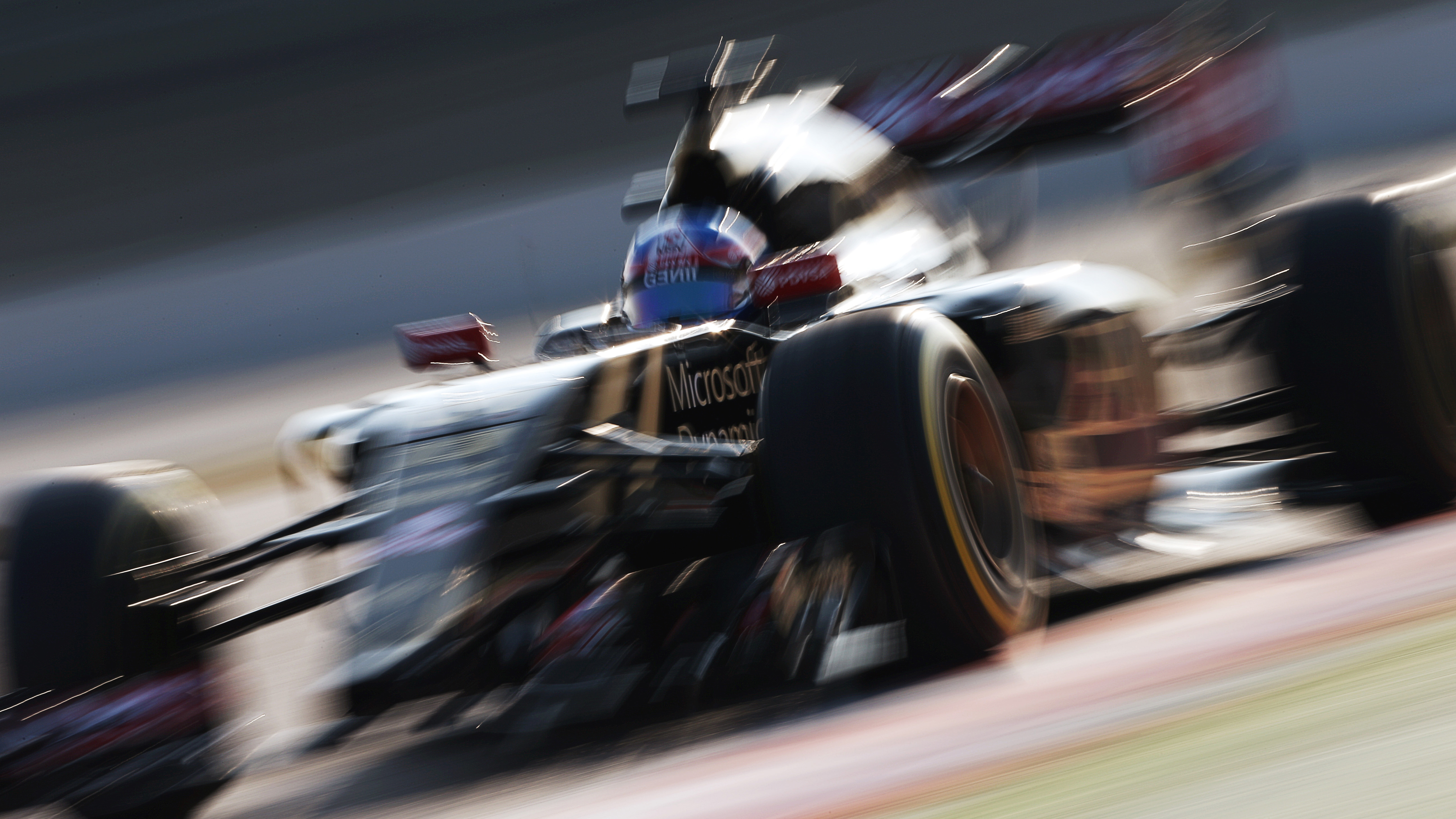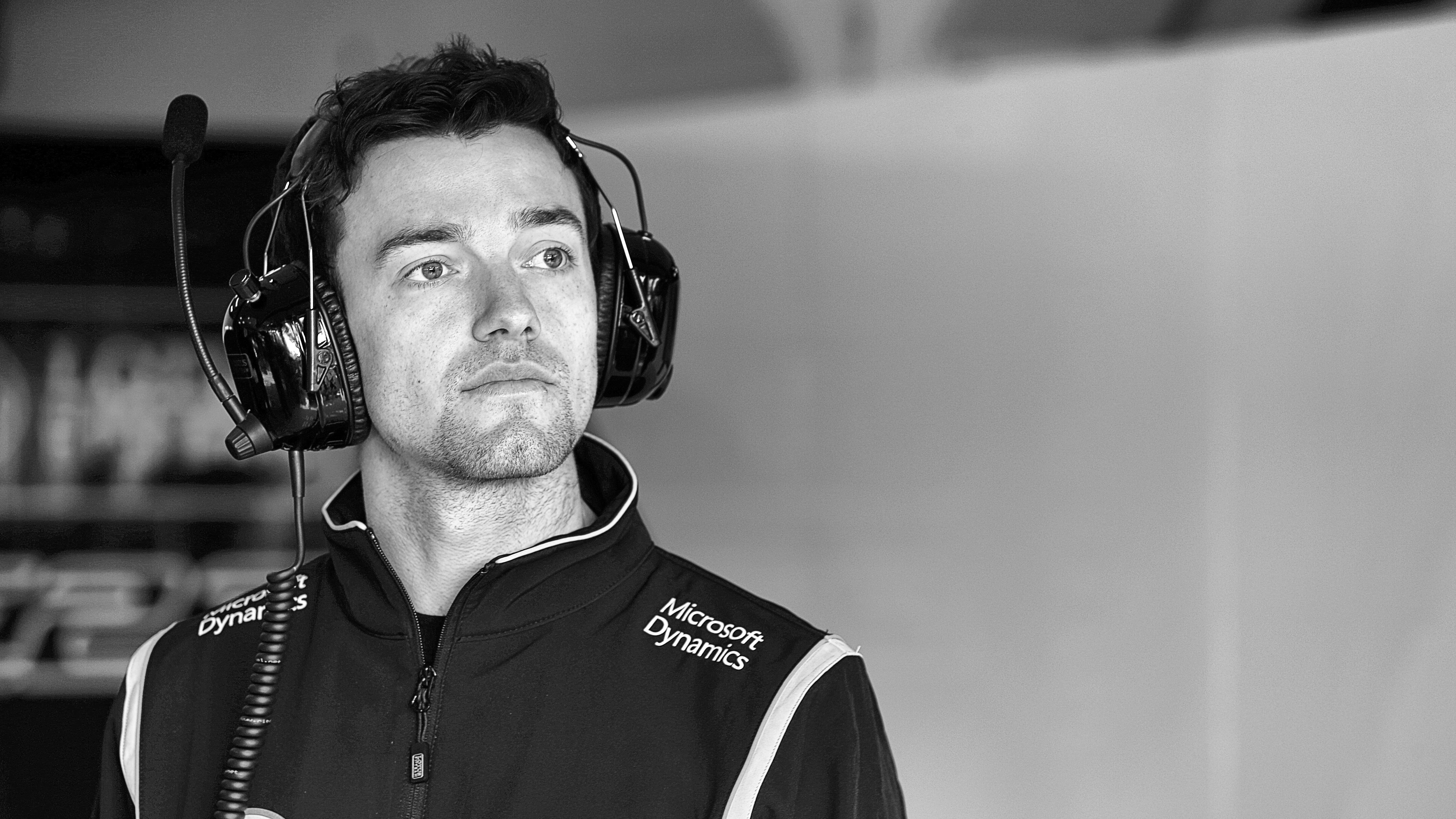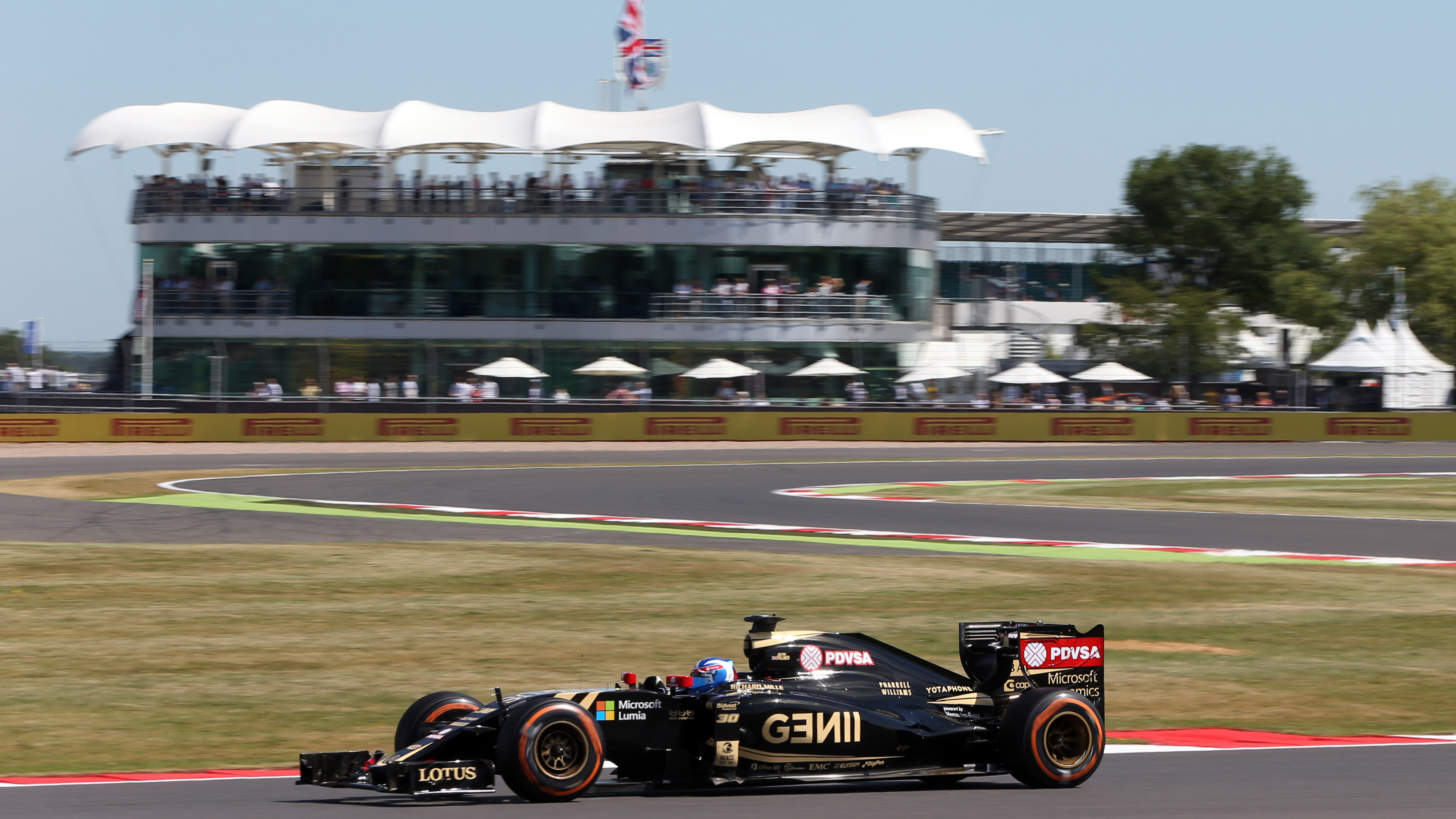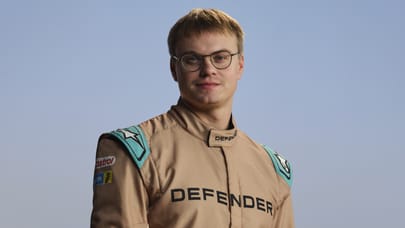
Jolyon Palmer: from Mini Max to Formula One
Britain’s newest F1 driver recalls his journey to motorsport’s biggest stage
Strawberries, grapes, raspberries and granola.
It’s not exactly James Hunt’s ‘breakfast of champions’, but nevertheless these are the ingredients of Jolyon Palmer’s first meal on a torrentially wet day at the Bedford Autodrome.
Words: Joe Holding
We catch the 25-year-old, who will make his competitive F1 debut in Australia this Sunday, at the track to complete a series of media engagements before jetting off to Melbourne for the start of the new season.
“I bet you can’t wait,” I suggest, referencing the downpour outside. “Yeah,” comes the reply, followed by the admission that the first stop is in fact Sydney for a detour that includes two days of filming on a beach.
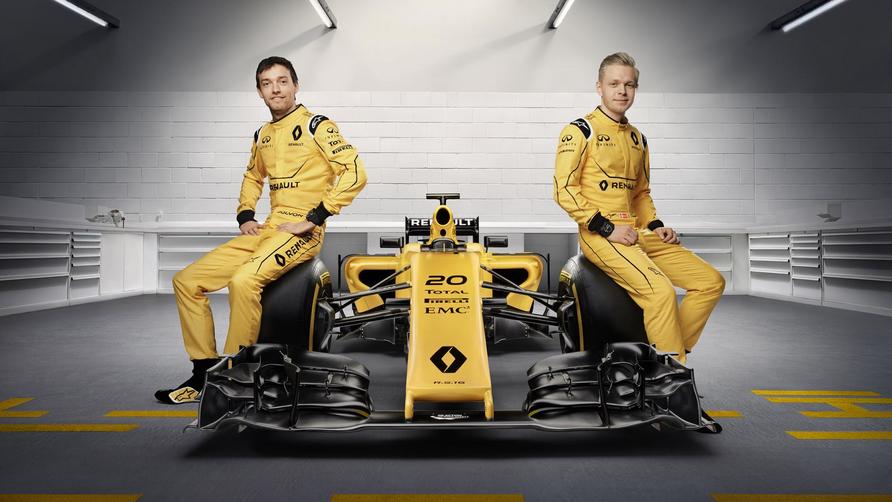
It was Down Under – albeit Adelaide, not Melbourne – where his dad, Jonathan, secured his best ever finish in a grand prix; fourth in the final race of 1987, two laps down on winner Gerhard Berger.
Naturally you would assume that, as the son of a Formula One driver, Jolyon was racing before he could walk. Indeed, he was whizzing around the garden in a kart from the age of four, but any interest in doing it properly didn't emerge until his early teenage years.
“I used to race with my mates at arrive-and-drive stuff, but I never raced properly until I was 13," he says, adding that becoming an F1 driver had always been a "cool idea" in the back of his head.
"But for some reason it never really crossed my mind to try and have a proper go at it. I was at school playing football, playing tennis and just being like a normal kid. The idea suddenly just clicked in my mind. I needed to have a proper go at karting at least and try and be a professional racing driver.”
I needed to have a proper go at karting at least and try and be a professional racing driver
So had he finally given in to parental pressure? "The thing was, I was never pushed into it at all by my dad. I was around Formula One because of him, and exposed to it I guess, but apart from that he never really urged me to take it up. So it came completely from me.
"Suddenly I was pestering him to have a proper go at karting and have a good crack at it."
That's exactly what he did. A year and a half of "southern clubbies" in Mini Max karts was followed by a handful of races at junior level, before Jolyon made the decision to switch disciplines.
Top Gear
Newsletter
Thank you for subscribing to our newsletter. Look out for your regular round-up of news, reviews and offers in your inbox.
Get all the latest news, reviews and exclusives, direct to your inbox.
T Cars, a saloon car series for under 17s, made "complete sense" to the young Palmer, not only for being cheaper than karts, but for giving him the chance to drive big UK circuits and getting a good grasp of grown-up dynamics.
“I think there’s a lot you can gain by jumping to cars early because there’s a lot more to understanding the gearbox," he explains. "The influences you can have on a car are a lot more than in karting. Karting is a brake and a throttle, your body weight and then that’s it. It’s very raw.”
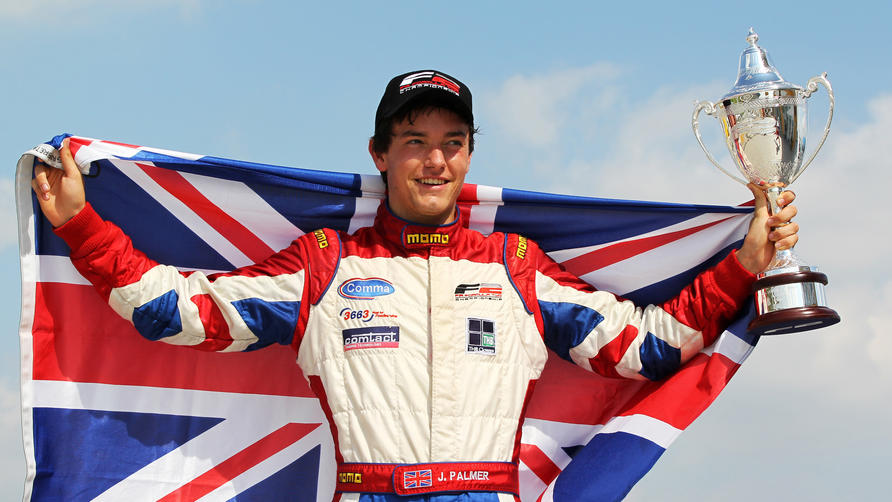
Proper cars, on the other hand, are much more complicated beasts. While others his age were still hooning round in karts, Jolyon was getting an education in transferring weight, managing gears and even performing the mythical art of heel-and-toe downchanges.
When he eventually made the step up to Formula Palmer Audi (FPA), his contemporaries from karting were struggling to understand the mechanics of what they were driving.
"I was well up to speed already," says Jolyon. "So that was a good move for me."
***
A 16-year-old Palmer quickly adapted to FPA, scoring one win and 11 podiums in his second season, having won the T Cars winter series in convincing fashion two years previously.
Now defunct, FPA had first formed in 1997, meaning that the cars were a decade old by the time Jolyon was racing them. With slightly larger tyres and wings the only signs of evolution since the series' inception, Jolyon remembers them as being "very old" and "crude" when he was behind the wheel.
“The car was quite quick; it had 300 horsepower, 350 on overboost," he recalls. "So the lap times were quite good. There was just no aero."
Stepping up to Formula Two in 2009, getting to grips with an alien amount of downforce would prove to be Palmer's greatest challenge. 21st out of 27 drivers that year, his first experience of driving something that resembled an F1 car was a huge jump to make.
"Coming from FPA, which was like a single-seater version of a touring car... It was a big step," he continues. "Combined with the fact that I was racing drivers that had come out of GP2 already made it extremely tough.”
Luckily his fortunes improved, enough to mount a title challenge the following year against fellow Brit Dean Stoneman. The pair left the rest of the field for dead in the standings, although it was Stoneman who prevailed by securing the championship in the penultimate race of the season.
Alas, it was a good enough showing to present Palmer with a route into GP2. In hindsight, he concedes a year driving in Formula Renault would have better prepared him for another tricky transition, but then sometimes the most skilful sailors are forged in stormy seas.

Despite some mechanical setbacks, he picked up his first GP2 win in Monaco during his second season, adding two more victories the following year.
By that point, Jolyon reckons that on a technical level at least, he was on par with drivers who were being promoted to F1. "But it was important that I deserved to be there," he insists, having finished 7th in the championship in 2013. "To me, that was not enough to really stake my claim to be in Formula One.”
Determined to get there on merit and banish any lingering suggestion that his father was opening doors for him, a then record points haul on his way to the title finally put him on F1's radar.
“I’m sure the previous couple of years I’d shown glimpses of pace, good racecraft, bits and pieces that were promising," he says. "But in 2014 I came together as a completed driver."
***
If you win the GP2 title, Formula One teams normally come knocking. For Palmer it was Force India who called first, giving him his first experience in an F1 car with a test drive at the end of 2014.
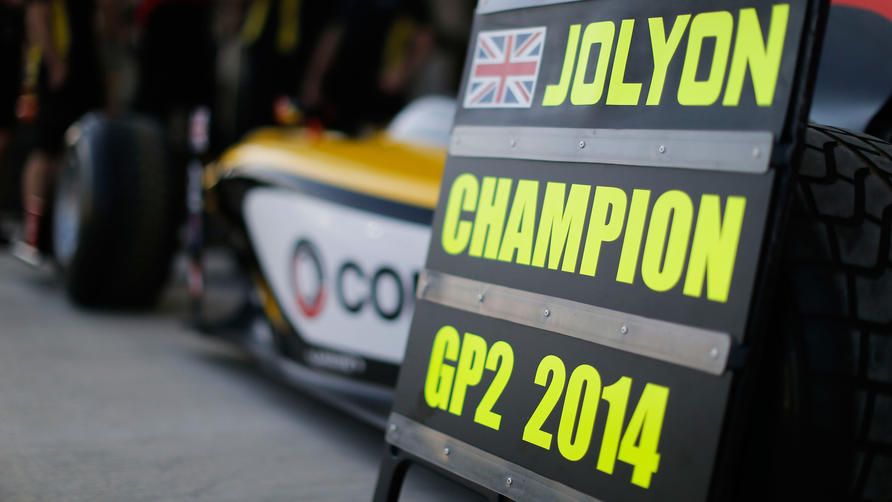
Approaching his 24th birthday, Palmer was keen to keep his skills sharp with sports cars looking like his best bet for a race seat in 2015. It was at this point that Lotus CEO Matthew Carter intervened with the promise of track time and to be fully integrated with the F1 team.
More appealing though was the hint of "opportunities" in 2016 should he do his job well. The offer was too good to refuse. Palmer signed that winter.
The season that followed could hardly have played out any better for the aspiring driver. Impressing in his role at Lotus, his prospects of a place on the grid improved dramatically when it became apparent that Romain Grosjean was departing for new entrants Haas.
"Over the summer I realised that things were looking very good," says Jolyon. "I realised that there were some talks going on, and then the pieces started to fall into place."
The subsequent negotiation was complicated in part by Lotus's financial troubles, but also by the emergence of Renault as the prospect of a takeover loomed.
Palmer found himself dealing with two parties instead of just one, a situation which he says put the deal "on edge" at times, despite everyone being keen on his succession.
After much deliberation, his place in the line-up was finalised while he and the rest the paddock were sheltering from the atrocious conditions of the US Grand Prix in Austin last October.
Expecting a "whirlwind" of attention when the deal was announced, he was treated to a real-life hurricane, followed by an agonisingly long drivers briefing which also threatened to rain on his parade.
Soon enough, though, the news broke, and a string of media appointments preceded an evening with sponsors a few miles down the road. No time to celebrate, no time to reflect. Just "business as usual" for the man from Horsham.
Twelve years on from the epiphany that compelled him to start taking motorsport seriously, Palmer is at last on the cusp of the Formula One career that he has craved for so long.
Success will have to wait until Renault are back in the mix at the front of the field, though their return as a full works team means their stated aim of podiums in three years and a championship in five should not be taken lightly.
The main thing is I need Renault to believe in me
With that in mind, Palmer's target for this season is clear.
“The objective is to consolidate the seat," he confirms. "But I’m going to do that by setting a really good impression. The main thing is I need Renault to believe in me.
"They’ve got a long-term future winning championships, so they need to be seeing this year that I’m someone that can develop into being a world champion.”
***
With the interview at an end, Palmer Senior shows up for a spot of lunch, arriving as any self-respecting driver-turned-businessman does. In his own private helicopter.
His 2016 calendar will be exceptionally busy as he juggles attending Jolyon's races with those of younger son Will, who makes his debut in Formula Renault this year, aged 19.
Convenience aside, the arrival by air is a surprise given the darkness of the clouds and the severity of the rain. Was he not tempted to play it safe by coasting up the motorway?
"Well, driving..." he sighs. "It's just awful, isn't it?"
Nobody tell Jolyon. It's far too late to back out now.
Trending this week
- Car Review
BMW 1 Series
- Top Gear's Top 9
Nine dreadful bits of 'homeware' made by carmakers




